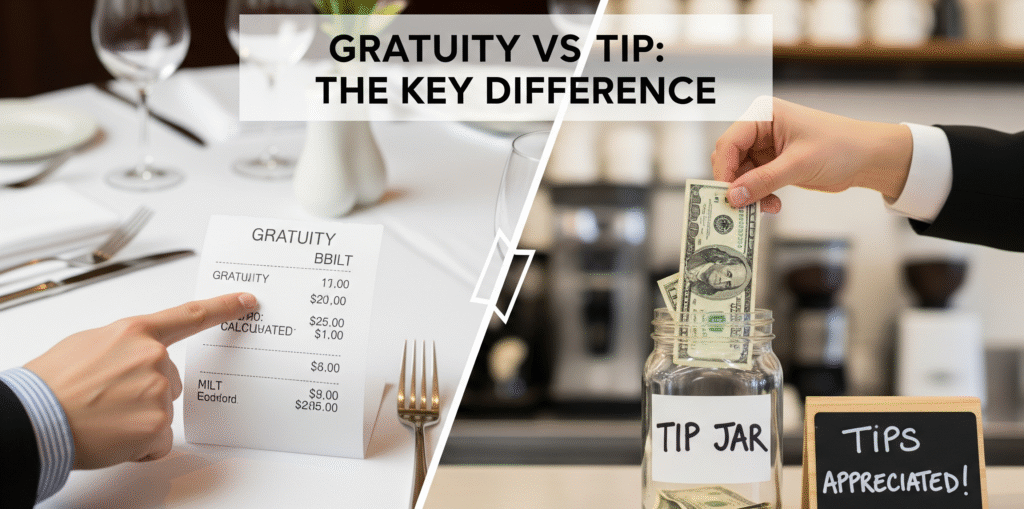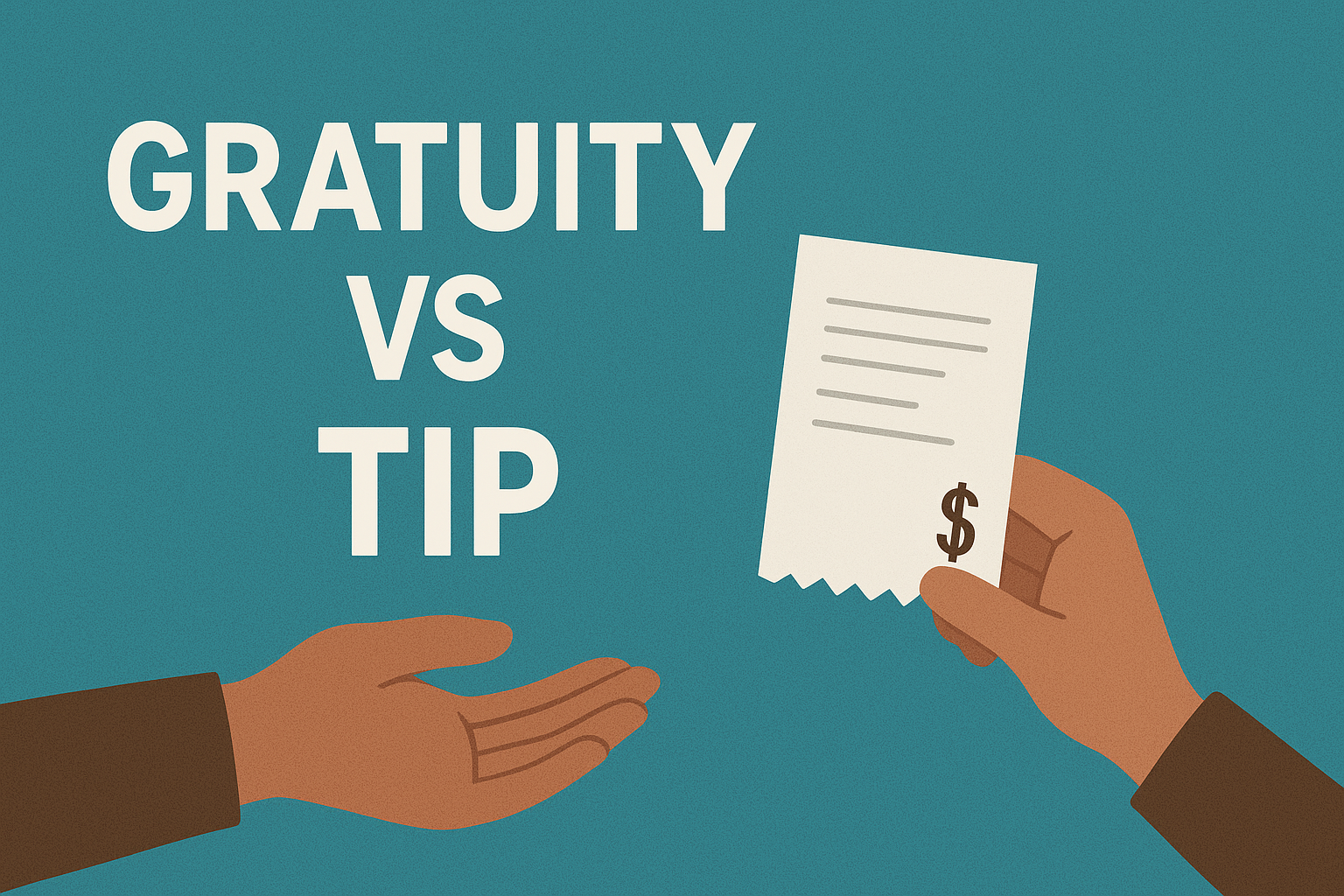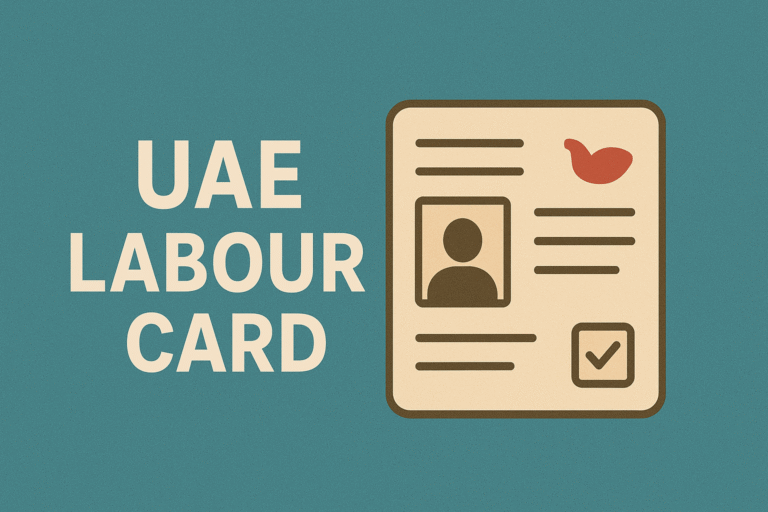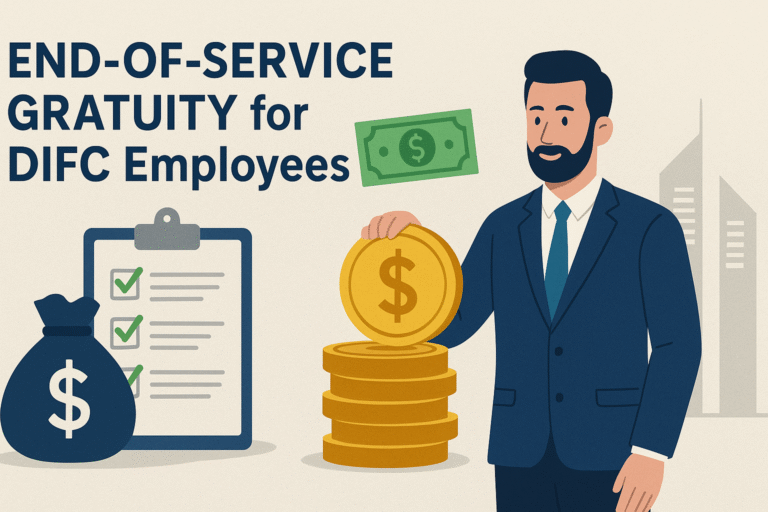Gratuity vs Tip: The Key Difference in 2025
While gratuity and tip are commonly used interchangeably in everyday conversation, these terms carry distinct meanings that significantly impact both service providers and customers across various industries. The confusion between these payment methods extends beyond mere semantics, affecting legal obligations, tax implications, and service expectations in restaurants, hotels, salons, and even the gig economy. Understanding the fundamental differences between mandatory gratuities and voluntary tips is essential. In this detailed guide, we will help you understand the real difference between gratuity and tip in the service industry and as an employment benefit.
What Is Gratuity?
In the context of the service industry (like restaurants and hospitality), a gratuity is a pre-determined, mandatory charge added to a customer’s bill for a service rendered. It is most often applied automatically to bills for large parties (e.g., a group of six or more). Because it is a requirement set by the establishment, it is not optional.
Separately, the term gratuity is also used in a corporate or legal context to mean a lump-sum payment made to employees upon leaving a company. This form of gratuity is an employment benefit, not a customer payment. This guide will address both meanings.
Types of Service Gratuity (Customer Payments)
Types of Employment Gratuity (End-of-Service Benefit)
If you work in the UAE and want to know exactly how much you’re entitled to, you can use this UAE Gratuity Calculator to get an instant estimate based on your salary and service period.
What is a Tip?
A tip (also known as a pourboire) is a voluntary and variable amount of money given by a customer to a service worker as a reward for good service. These optional payments depend entirely on customer satisfaction and personal choice, with no legal obligation or workplace guarantee involved. This differs from a service gratuity, which is mandatory and set by the establishment.
Types of Tips
There are several types of tips depending on the context:
Holiday Tip: Regular service providers like maintenance staff or delivery personnel receive extra appreciation during holiday periods.
Cash Tip: Customers hand money directly to service personnel, offering immediate payment that workers can use right away without delays.
Electronic Payment Tips: Patrons add extra amounts when paying by card or digital wallet. Modern point-of-sale systems often prompt customers with suggested tip percentages (e.g., 18%, 20%, 25%), which has become a standard practice.
Online Tip: Mobile apps and delivery services allow users to include appreciation money when ordering or after receiving their items.
Service Charge Tip: Establishments sometimes add predetermined charges to bills, though these amounts might not always reach the actual service providers. (See detailed section below).
Gift Tip: Customers occasionally offer gift certificates, small items, or seasonal presents as alternatives to cash rewards.
Tip Pooling: Collected appreciation money gets divided among team members, creating fair compensation across all service workers.
The Technical Difference Between a Tip and a Gratuity
The breakdown for difference between Gratuity and Tip is below:
Feature | Service Gratuity | Tip |
Who Decides | The establishment/business | The customer |
Obligation | Mandatory, automatically added | Voluntary, optional |
When Given | Included on the final bill | Right after getting service |
Amount | A fixed percentage set by the business | Based on how happy the customer feels |
Legal Status | Considered company revenue before distribution | Legally the property of the employee(s) |
Common Industries | Restaurants, cruises, banquet halls | Restaurants, hotels, salons, ride-sharing |
NOTE
The table above refers to gratuity in the service industry. Gratuity as an end-of-service employment benefit is an entirely different concept, paid by an employer to a long-term employee.
What is a Service Charges and How is it Different From Gratuity and Tip
Restaurants and businesses sometimes include extra costs on bills (Service Charges) that customers cannot remove or negotiate. Unlike a service gratuity or a tip, a service charge is legally the revenue of the business. The business is not required by law to pass this money to its employees, although many use it to supplement staff wages.
In short, a service charge is a fee for the business, while a tip is a payment for the employee. A service gratuity acts like a mandatory tip that is processed as company revenue before being paid out to staff.
Mandatory service charges do not qualify as tips under legal definitions. Regulations in many areas require businesses to disclose how these fees are allocated among staff members.

How Businesses Handle Tips
Many employers now require staff members to document customer payments for government tax purposes. Workers must track and report these earnings to ensure compliance with income tax laws.
Restaurants and service businesses increasingly adopt shared tip arrangements. All customer payments get collected together and split evenly among team members, creating fair distribution regardless of individual customer interactions. Business owners can create formal rules requiring employees to share their customer payments with colleagues. These policies must follow local employment laws and ensure proper tax reporting for all participants.
Some areas allow companies to count employee tip earnings toward minimum wage requirements. This “tip credit” approach lets employers pay lower base salaries while using documented tip income to meet legal wage standards, though specific regulations govern these practices and this model is facing increasing legal challenges and public debate.
The Future of Gratuity vs Tip
Conclusion
Understanding how gratuity and tips differ helps clear up confusion and promotes fairness in both the workplace and service industries. In the service world, a gratuity is a mandatory, fixed charge, while a tip is a voluntary, variable reward.
Separately, an employment gratuity is usually a long-term benefit tied to employment, rewarding loyalty and years of service.
While both involve financial appreciation, their rules, purpose, and origin are very different—one is structured and mandatory, the other spontaneous and performance-based.
Whether you’re an employee, employer, or customer, knowing these terms in detail allows for better decision-making and helps build stronger, more respectful professional relationships.






